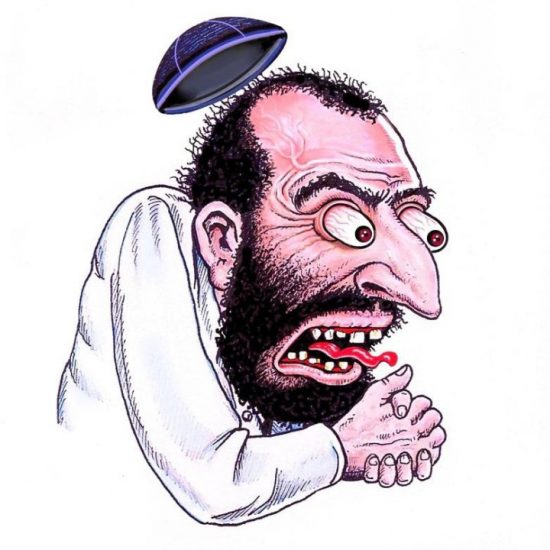MONDAY, April 9 (HealthDay News) — The United States spends more
on health care than any other country, but those high costs may be paying
off in cancer survival, a new report suggests.
U.S. cancer patients often live almost two years longer than similar
patients in Europe, arguing for the dollar value of care given,
researchers say.
However, Dr. Otis Brawley, the chief medical officer and executive vice
president at the American Cancer Society, who was not involved in the
study, said that “this paper has a huge fatal flaw in it.”
“When you look at survival from time of diagnosis to time of death and
you have a screened population that has a lot of diagnoses, you’re filling
that population with people who don’t need treatment and because they are
over-diagnosed, they have very long survival,” he added.
These researchers attribute increased survival to the treatment, when
it is really over-diagnosis, Brawley said. “So they are looking at a bunch
of wasted, unnecessary treatment and then saying it was money well
spent,” he said.
“You don’t look at survival rates — this is a classic misuse of
survival rates,” Brawley said. “You have to look at death rates for each
disease and not survival rates. The measurement should not be expense
versus survival — it should be expense versus mortality rate.”
On that scale, the United States does well for some cancers and as well
as they do in most of Europe for others, he said. “Mortality rates for
breast and colon cancer are close to the mortality rates in Europe, but
that may include the effect of over-treatment,” Brawley said.
The report was published in the April issue of Health
Affairs.
For the study, Tomas Philipson, the chair in public policy at the
University of Chicago, and colleagues looked at cancer care in the United
States and in 10 European countries from 1983 to 1999.
The investigators found that for most cancers, U.S. patients lived
longer than Europeans. Americans lived an average of 11.1 years after
diagnosis, compared with 9.3 years for Europeans, they said.
When the authors translated survival data to dollars, they found those
extra years were worth $598 billion, which is an average of $61,000 per
cancer patient.
The value of these survival gains was highest for prostate cancer ($627
billion) and breast cancer ($173 billion), the findings indicated.
To put a monetary value on survival, the researchers used a
“statistical-life concept.” In many such studies, they said, estimates are
based on how much income a person would exchange for a lower risk of
mortality.
“Our findings bear on the larger question of whether higher U.S. health
care spending is worth it, suggesting — although not confirming — that
it is,” the researchers wrote.
“Further research is required to examine the drivers of spending and
their effects on outcomes, including assessing the relative contributions
of treatments, screening, the skill of health care personnel and other
factors in improving patient outcomes,” they concluded.
On the larger issue of the costs of cancer treatment, Brawley said that
“we spend money in an irrational way. We harm people by over-treating them
and over-treatment costs money.”
Many patients are getting treatments that cause harm, but don’t really
prolong life, Brawley said. It’s hard for a doctor to tell a patient there
is nothing that can be done.
“That is the kind of thing doctors need to be developing skills in —
it’s an emotional hurdle to say ‘I can’t stop this,'” he said.
Many patients think that giving up is admitting defeat, and want to be
treated even if the treatment will do more harm than good, Brawley
said.
“We all need to take a step back and take a look at reality and ask
whether the patient stands a good chance of benefiting from a particular
treatment. If there aren’t benefits, then we ought to, perhaps, stop,” he
said.
“Instead of talking about rationing care, we need to talk about the
rational use of care,” Brawley added.
More information
For more about cancer, visit the American Cancer Society.
Related posts:
Views: 0
 RSS Feed
RSS Feed

















 April 10th, 2012
April 10th, 2012  FAKE NEWS for the Zionist agenda
FAKE NEWS for the Zionist agenda 
 Posted in
Posted in  Tags:
Tags: 
















